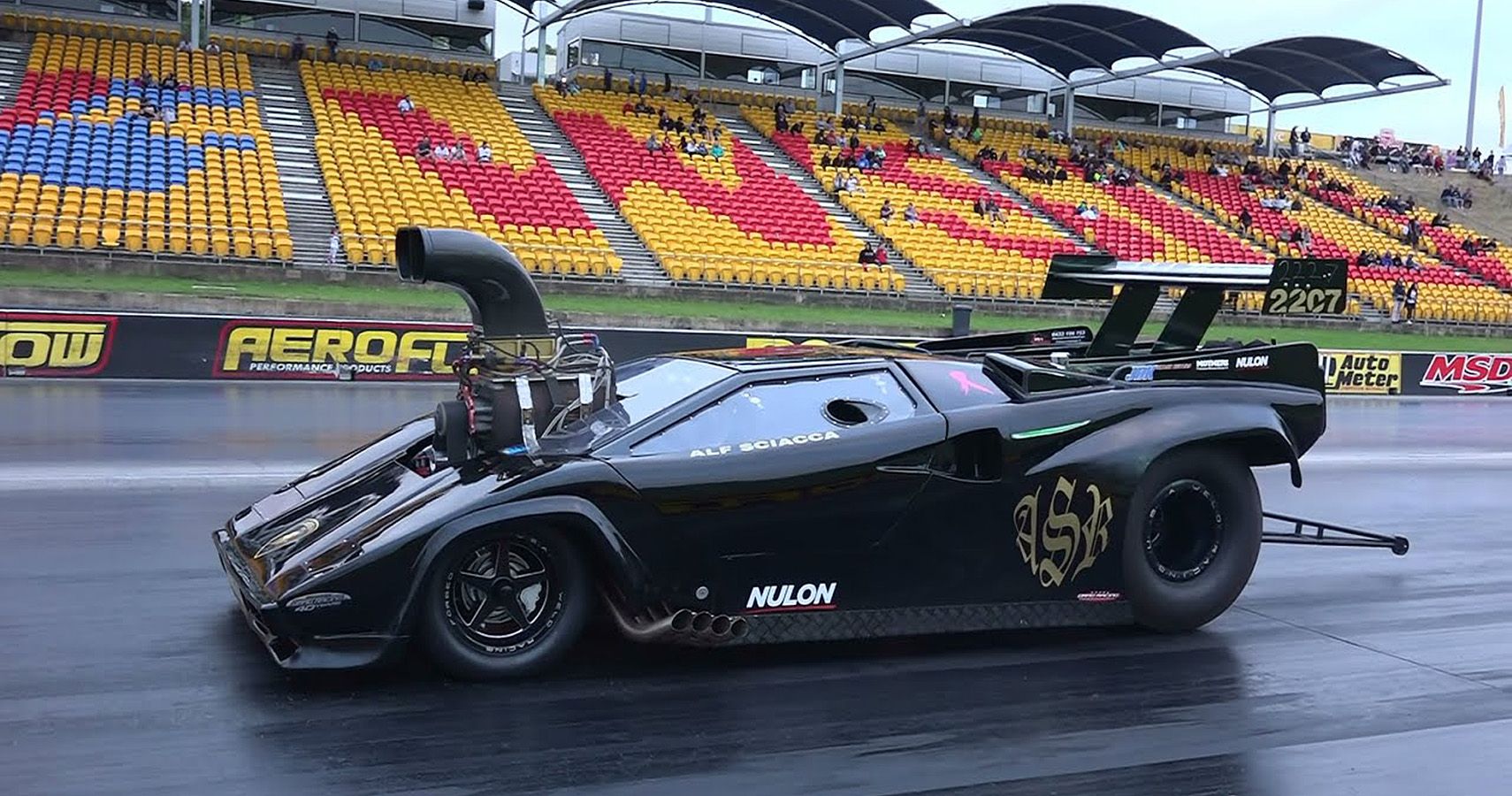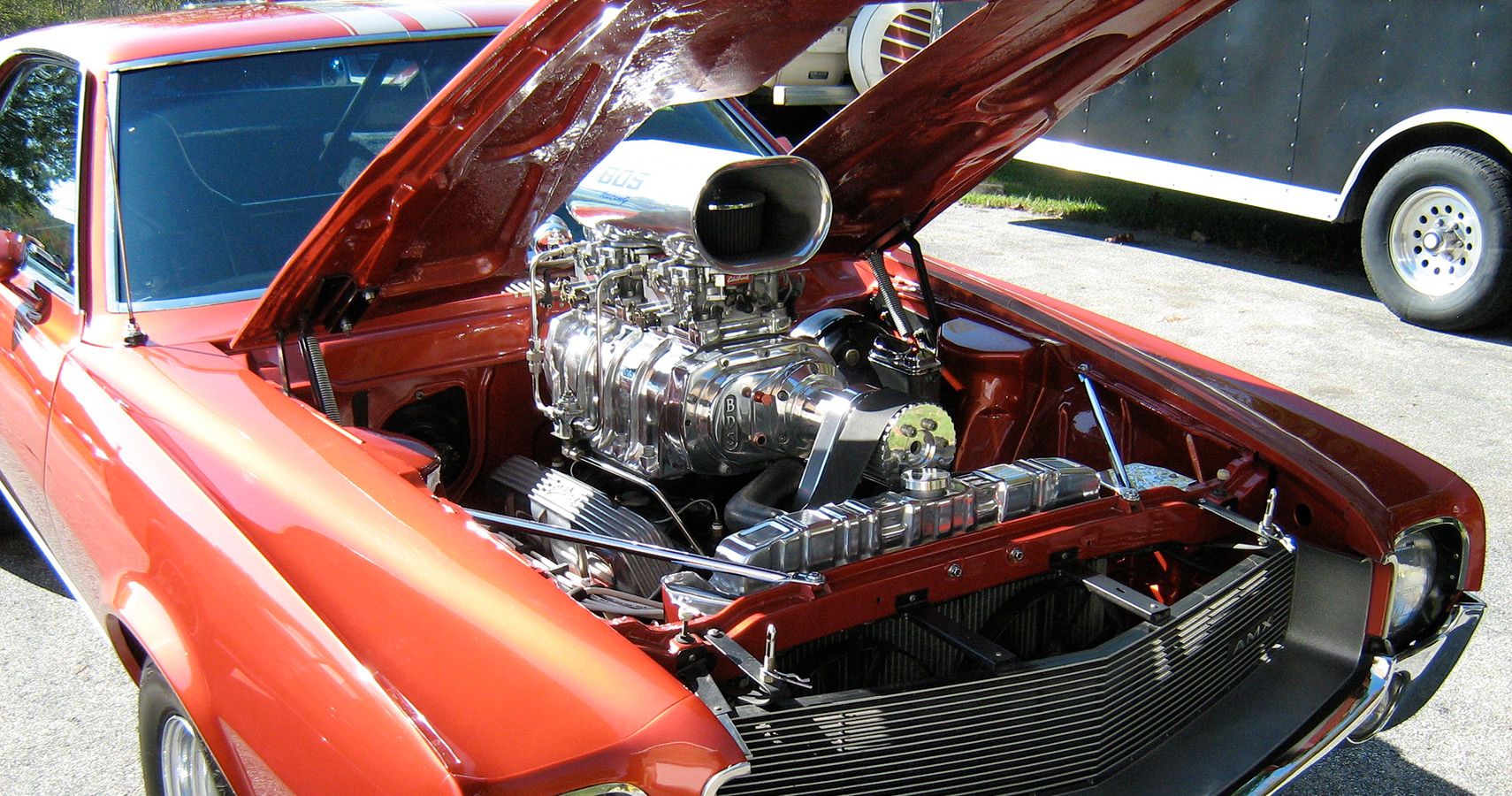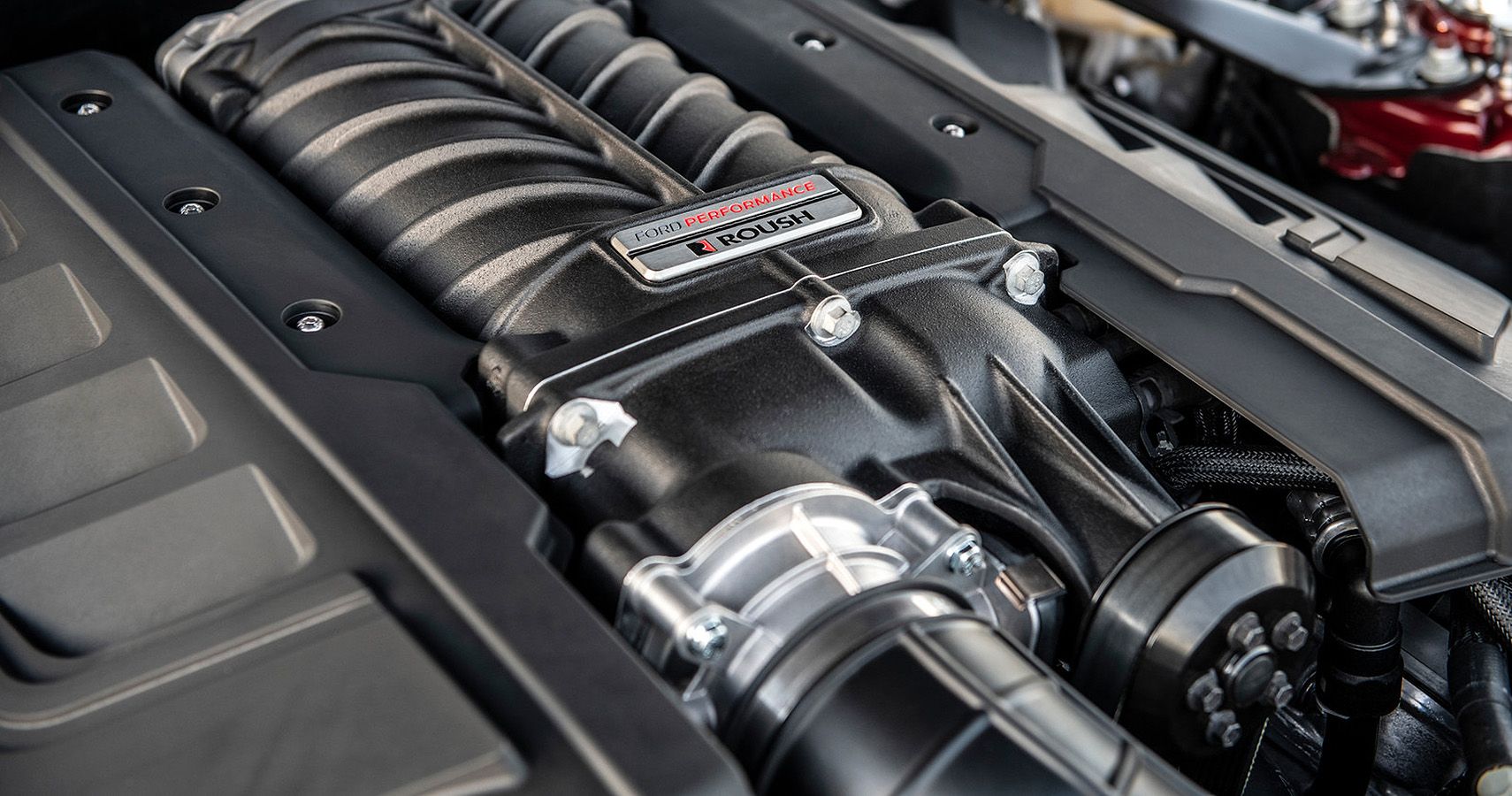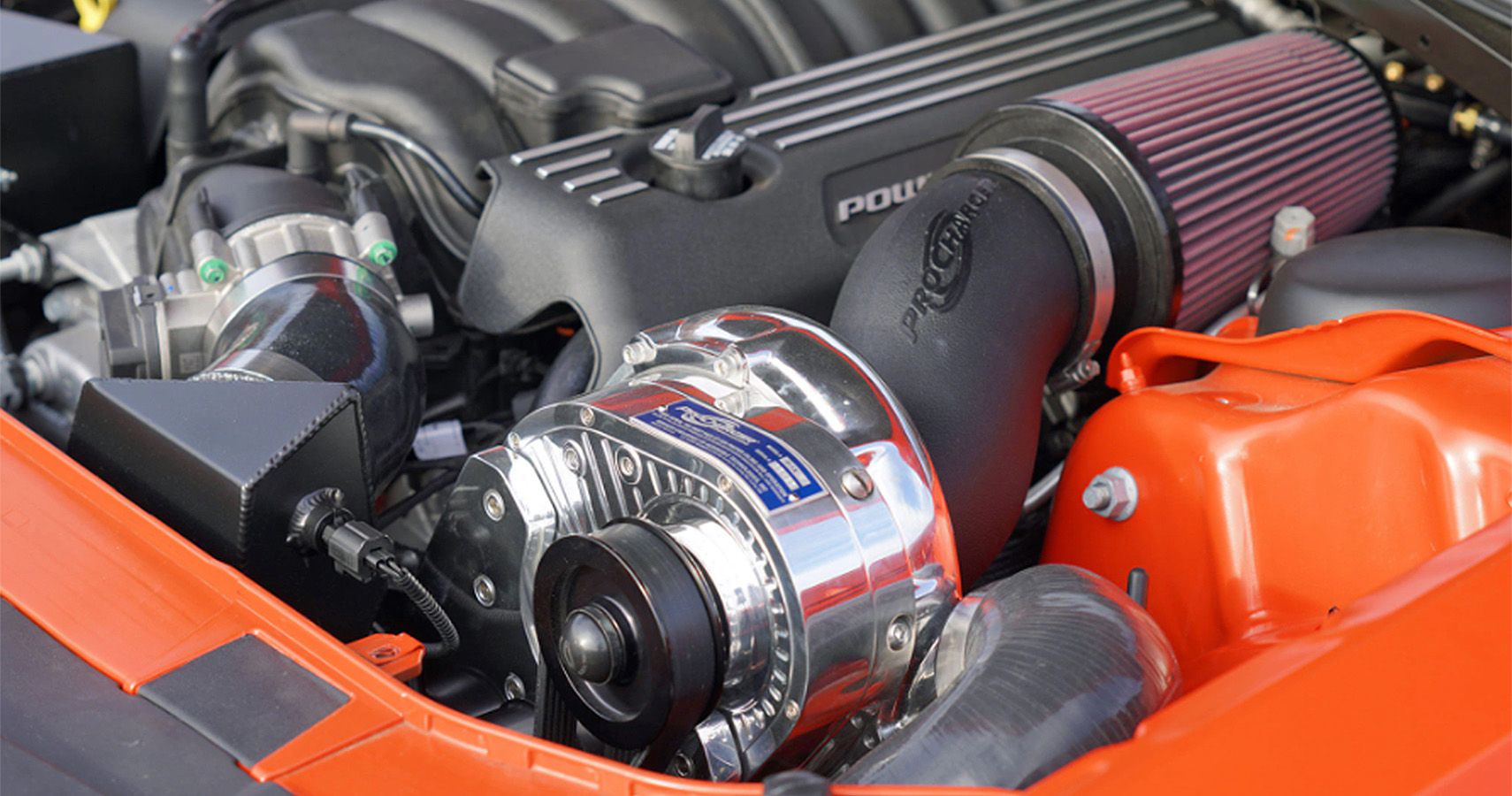The terms supercharged, turbocharged and now even procharged have become common lingo for anyone with a penchant for a performance car, be they stock, or modified to belch out as much power as they can.
Keeping turbochargers aside for the moment, more and more people are choosing to go with a procharger over a supercharger. But what are the two, and more importantly, what is the difference between the two?
For a layperson looking to get into cars and building their rides into a dream machine, increasing performance, auto lingo can be more confusing than clear. For the people who know how to amp up the power of their car, it's easy-peasy, but for anyone who is looking to gain some knowledge, the points listed below may come in handy.
Here’s what a procharger and a supercharger are, and the difference between the two is also listed below. So which one will work for you and your ride? Let’s find out…
Why Do We Need “Chargers” In The First Place
The power of an internal-combustion engine, never mind the displacement, basically depends on the amount of fuel it can burn, and how much of that burnt fuel it can convert into mechanical force to move the vehicle forward with speed, and intention. To burn that fuel, the engine needs air, rather, the oxygen component of the air. The more the air fed into the engine, the more fuel can be burnt.
Superchargers, turbochargers, and even prochargers are all different technologies with the same aim: to force more air into the engine. This force-feeding of oxygen let the engine burn more fuel and jet more power, and is usually augmented with an improved exhaust system as well.
Let’s Talk Superchargers
A supercharger, when we talk about a basic one is called a Roots supercharger, because it is usually installed right where the intake manifold is. It uses spinning mesh lobes that throw air from one end to the other, and the pressure builds up inside the intake manifold, letting in a gush of air in bursts. Roots superchargers are what you see bulging out of the hoods of classic cars. The problem with a roots supercharger is the bulky size and the fact that they don’t feed extra air into the engine in a consistent stream.
Another kind of supercharger is a twin-screw one, that whirls and draws in the air in a corkscrew fashion. The air is compressed and then forced into the engine this way. Twin-screw supercharges aren’t all that bulky but are very loud, so they need sound suppression systems to function with finesse.
The pros of a supercharger are that they have been in the market for donkeys' years and there is a large variety to choose from, to suit every need, car, and budget. A simple nudge to the gas pedal provides an instant burst of power, which makes racing all that more fun and winning.
That said; superchargers can be bulky and may require alterations to the hood of your car. Plus the air it feeds into the engine is not a consistent stream and so power may surge and lag accordingly.
This Is Where Prochargers Come In
Procharger is the brand name of a centrifugal supercharger that works differently than a basic supercharger and delivers a consistent stream of air to your vehicle.
Prochargers, use an impeller, a rotary device that sucks in the air by rotating at fast speeds. When the air reaches the center of the impeller, it gets distributed in an outward, cyclic manner by a strong centrifugal force where a diffuser turns the air into high pressure. This forces the air into the engine as a consistent stream rather than bursts, and end up providing not just more power, but also smoother power minus any lags or bursts.
Prochargers are smaller and lightweight and are attached to the engine as opposed to the intake manifold, thereby taking far less space. But they can be more expensive than the basic superchargers and also have a distinctive rotary whine that can be heard over and above a revving engine.
Do keep in mind that while a procharger may be more expensive than a supercharger at the outset, a supercharger can take your fuel economy and smash it to pieces, running major gas costs. The procharger does not burn through fuel like superchargers do, and keep gas costs to a gentle rise.
Prochargers also do not take power beyond legal limits as superchargers can do, so if you live in a state where extra horsepower is frowned at or even fined, a procharger may be a better option for you.
Also, do remember that installing either or means more stress on the engine and higher engine heat. So make sure your car is being serviced regularly, and the engine oil is kept topped up to ensure the longevity of both the charger and of course, your car.
Sources: CarandDriver, HowStuffWorks




